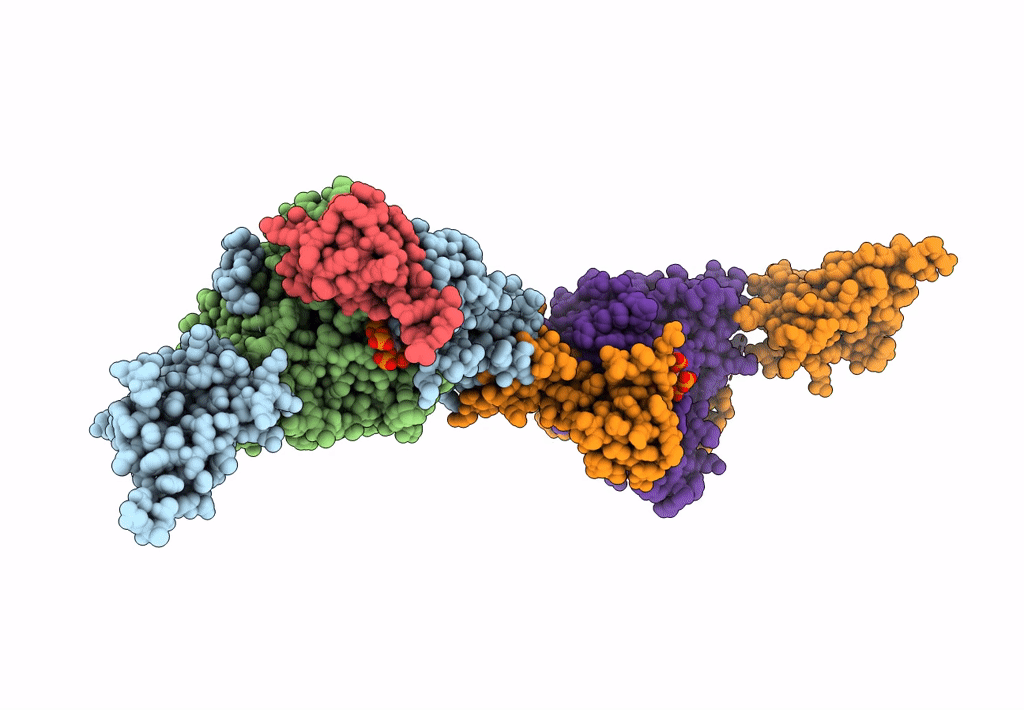
Deposition Date
2020-10-14
Release Date
2020-11-11
Last Version Date
2024-05-01
Entry Detail
PDB ID:
7AO8
Keywords:
Title:
Structure of the MTA1/HDAC1/MBD2 NURD deacetylase complex
Biological Source:
Source Organism:
Homo sapiens (Taxon ID: 9606)
Host Organism:
Method Details:
Experimental Method:
Resolution:
4.50 Å
Aggregation State:
PARTICLE
Reconstruction Method:
SINGLE PARTICLE


